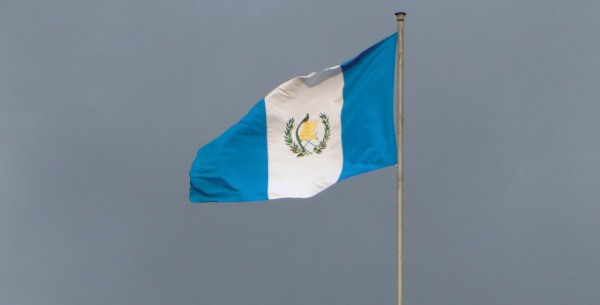Woad
It’s woad. What’s woad? We’ll get to that, but woad is all over Guatemala, especially this month of deep blue skies with puffy white clouds, and of deep blue and white flags fluttering to celebrate independence. Woad’s around in the Highlands, both in some blouses and skirts of indigenous weavers, and in farm patches where it’s more of a noxious weed, left over from its importance as a dye.
Classic Maya painted “Maya Blue” with ground azurite, a copper ore; and with ground lapis lazuli. Both were rare minerals, so blue coloring was reserved for royalty, as in Egypt, Europe, and most of the ancient world. Then from Asia Minor came woad, a scraggy green-leafed plant, and someone in Europe—wonder who was the first to think of this?—soaked woad leaves in human urine for several days, then soaked cloth in the same broth, and the threads turned deep blue. An instant and lucrative industry arose in France, England, and Spain, dying with woad, then called pastel—and urine, that passed by inebriated males considered the best.
European colonists started woad production on Caribbean islands and the Central American mainland. Quickly enough Guatemalan weavers learned how to dye blue with woad, with assistance from partying males around the village. Woad’s coloring property is indigo, and when Asia Minor began exporting another plant richer in blue and easier to use, European powers did their best to block this new indigo in order to protect the thriving woad industry. Didn’t work—indigo (called añil and grown around Central America), won the war against woad, and soon enough indigo too was replaced by synthetic dyes coming out of Germany in the late 1870s.
So call it woad, call it indigo, or añil, call it deep blue, it’s the clear sky blue, ocean blue, police and military uniform blue. With white, it’s the flag of Guatemala —and of ten other countries. (Can you name them?—I looked them up for you: Argentina, Finland, Greece, Israel, Micronesia, Scotland, Somalia, and our good neighbors, parts of the short-lived Central American Republic, El Salvador, Honduras, and Nicaragua.) The United Nations uses a slightly lighter shade of blue, more like the old “pastel” woad.
And if the idea of blue cloth soaked for days in a drunk’s urine bothers you, consider the historic red dye for tricolor flags. That color came from squashed parasitic insects, bugs often produced in La Antigua, Guatemala. But that’s a color story to Revue another day.
